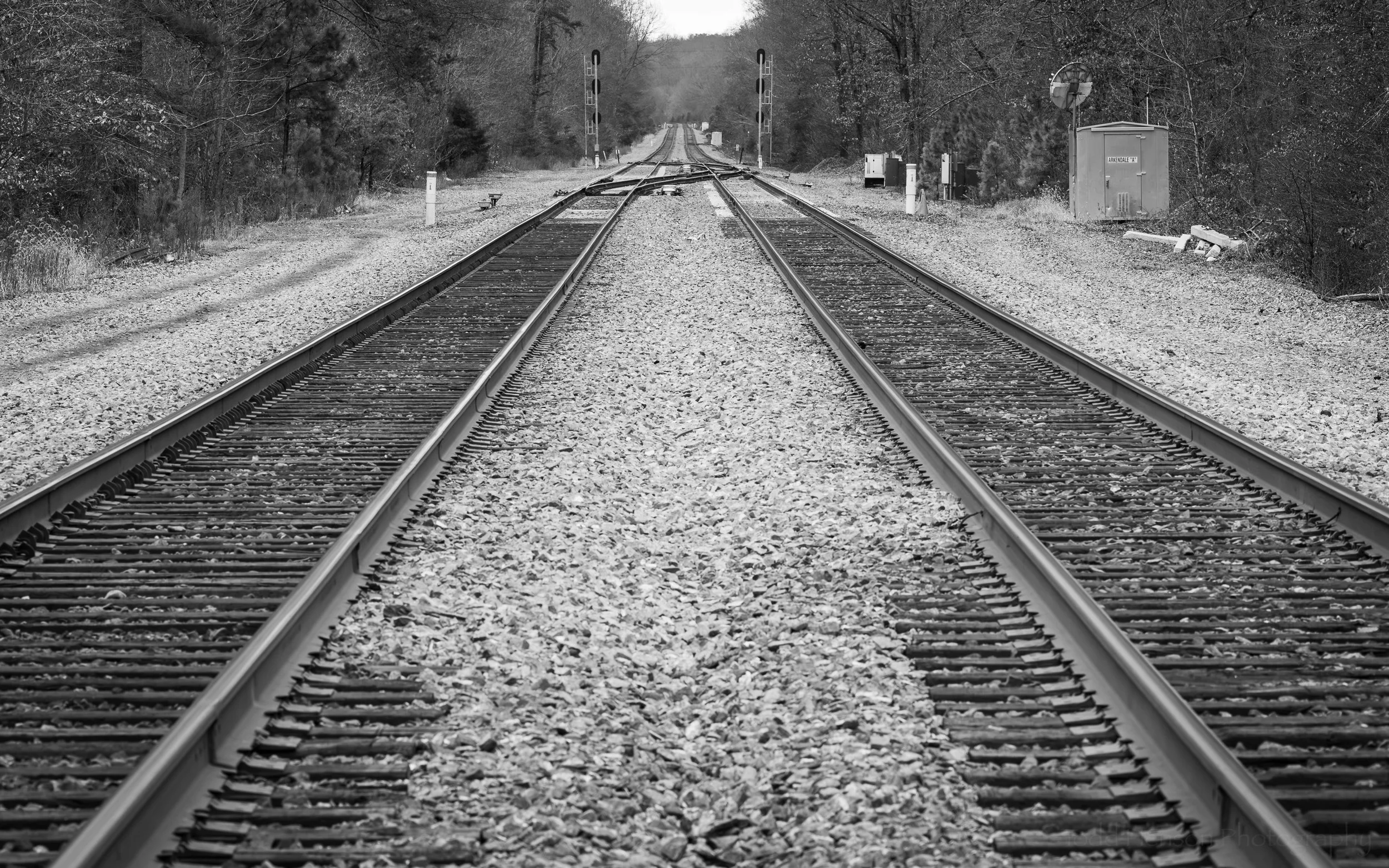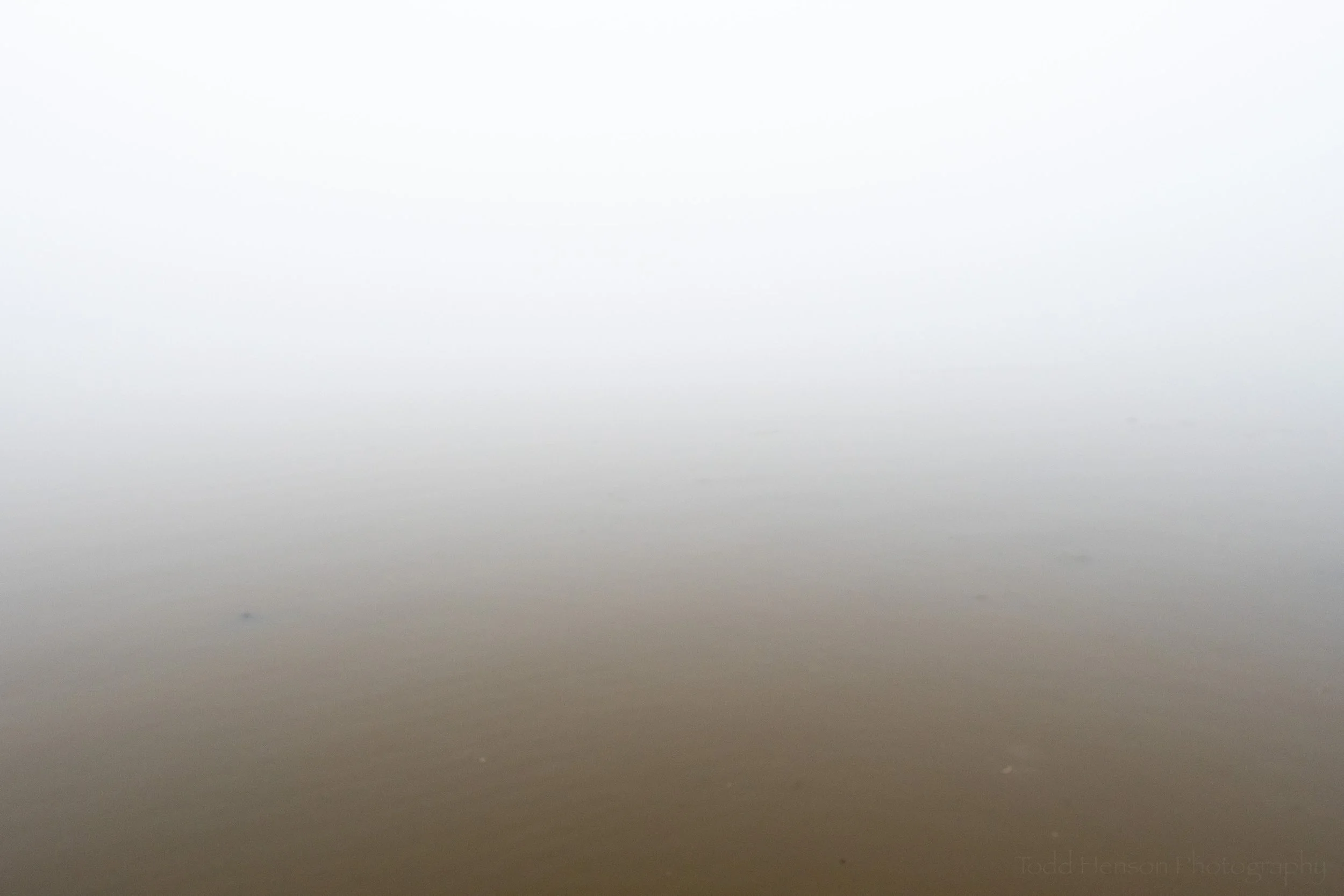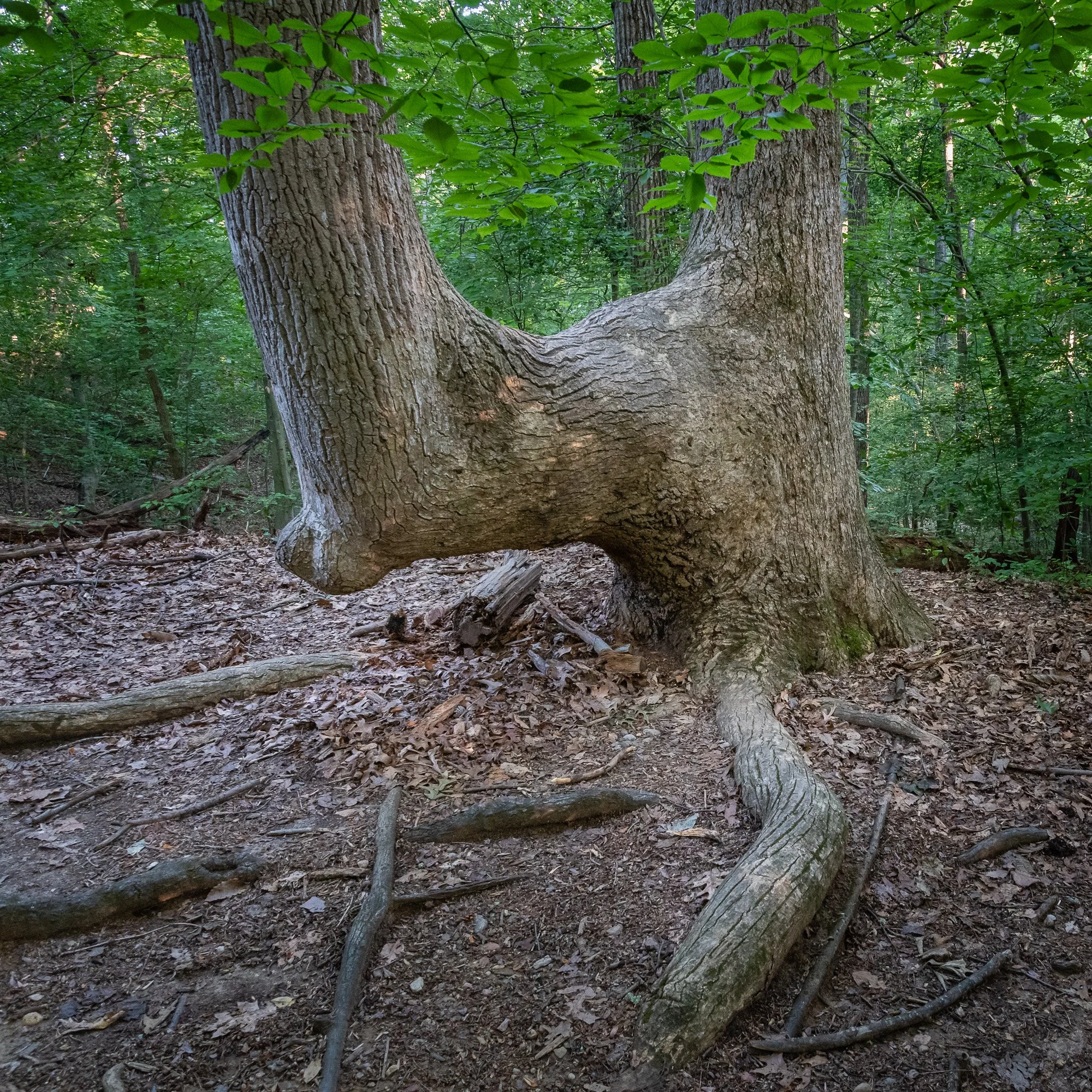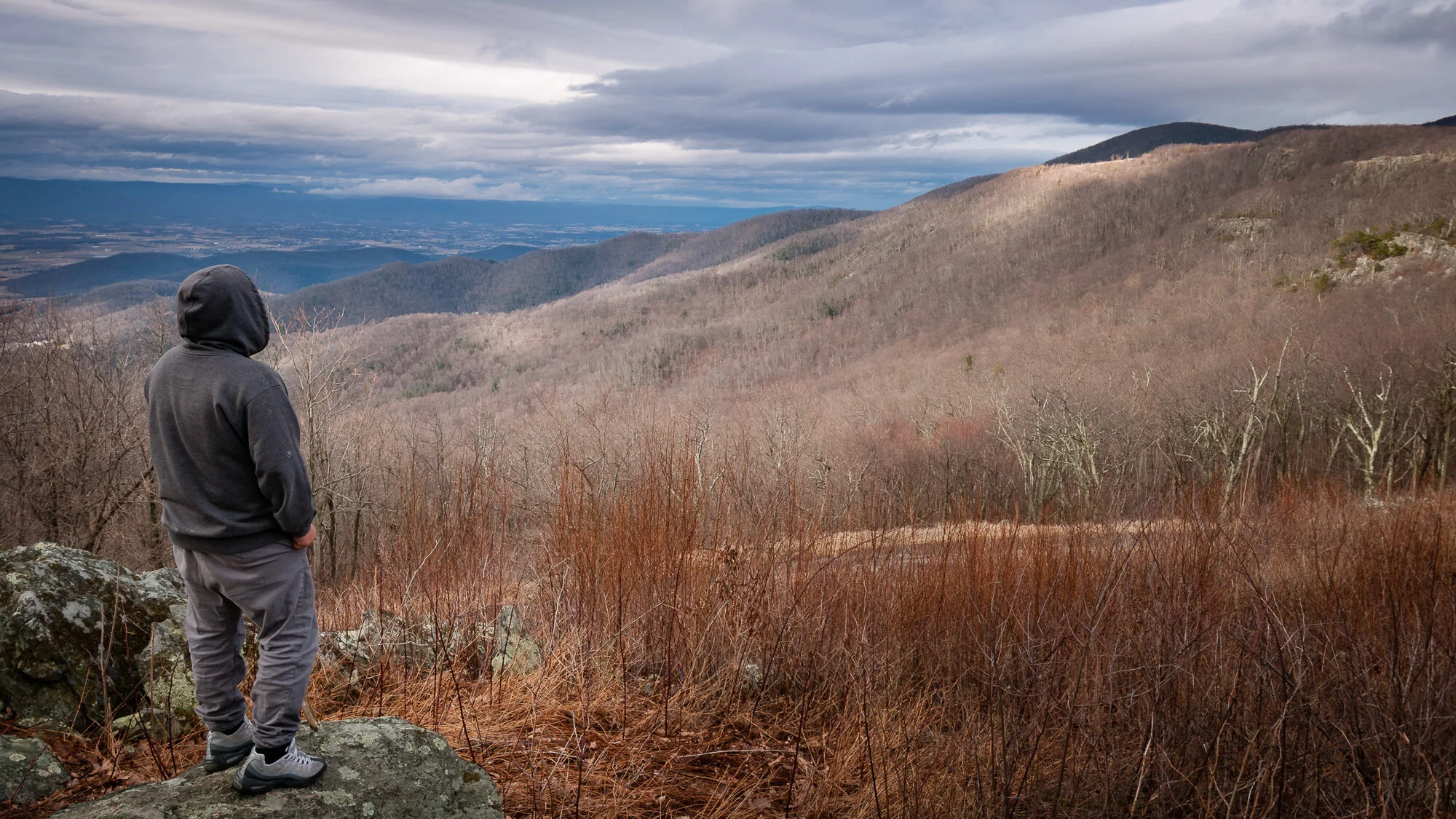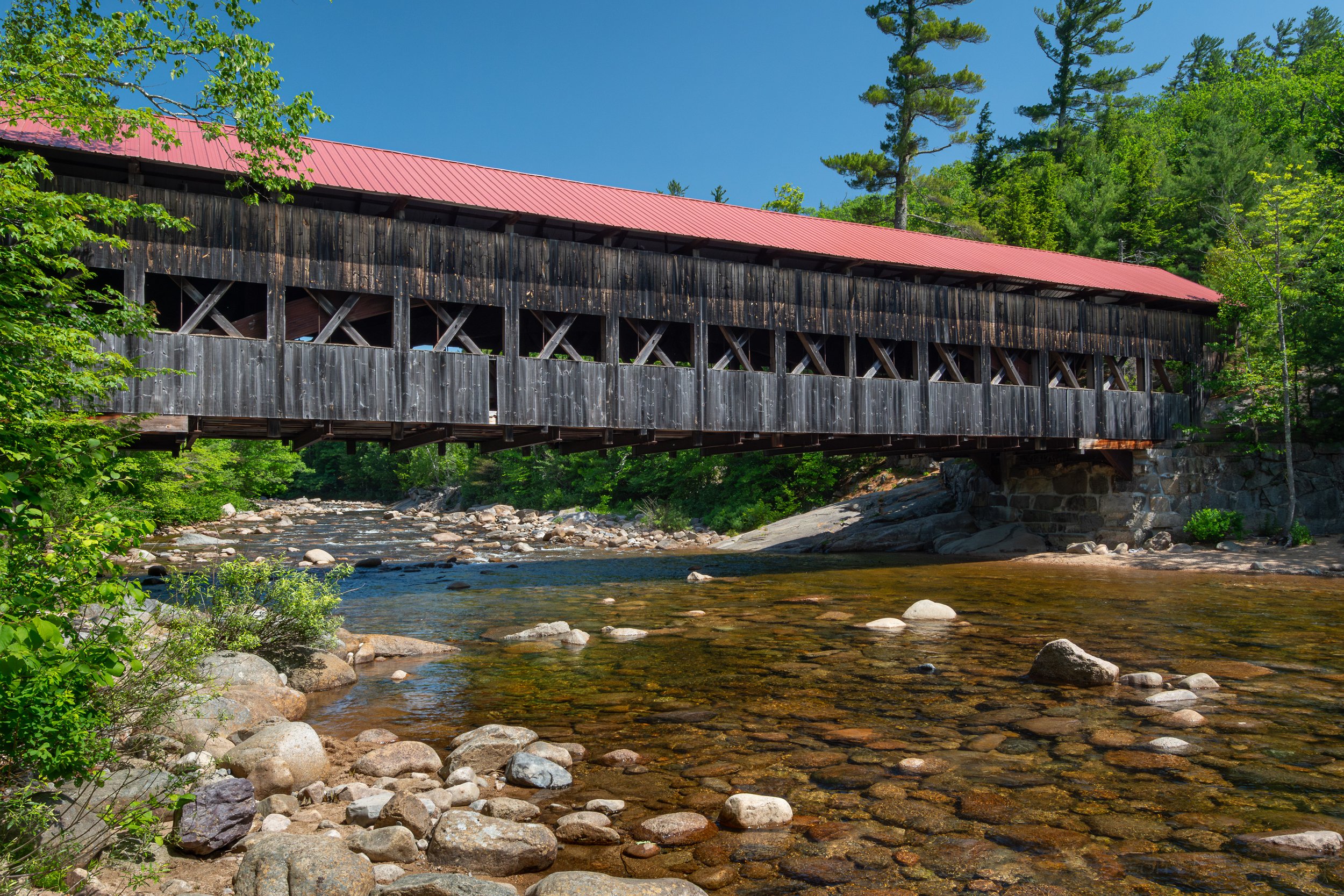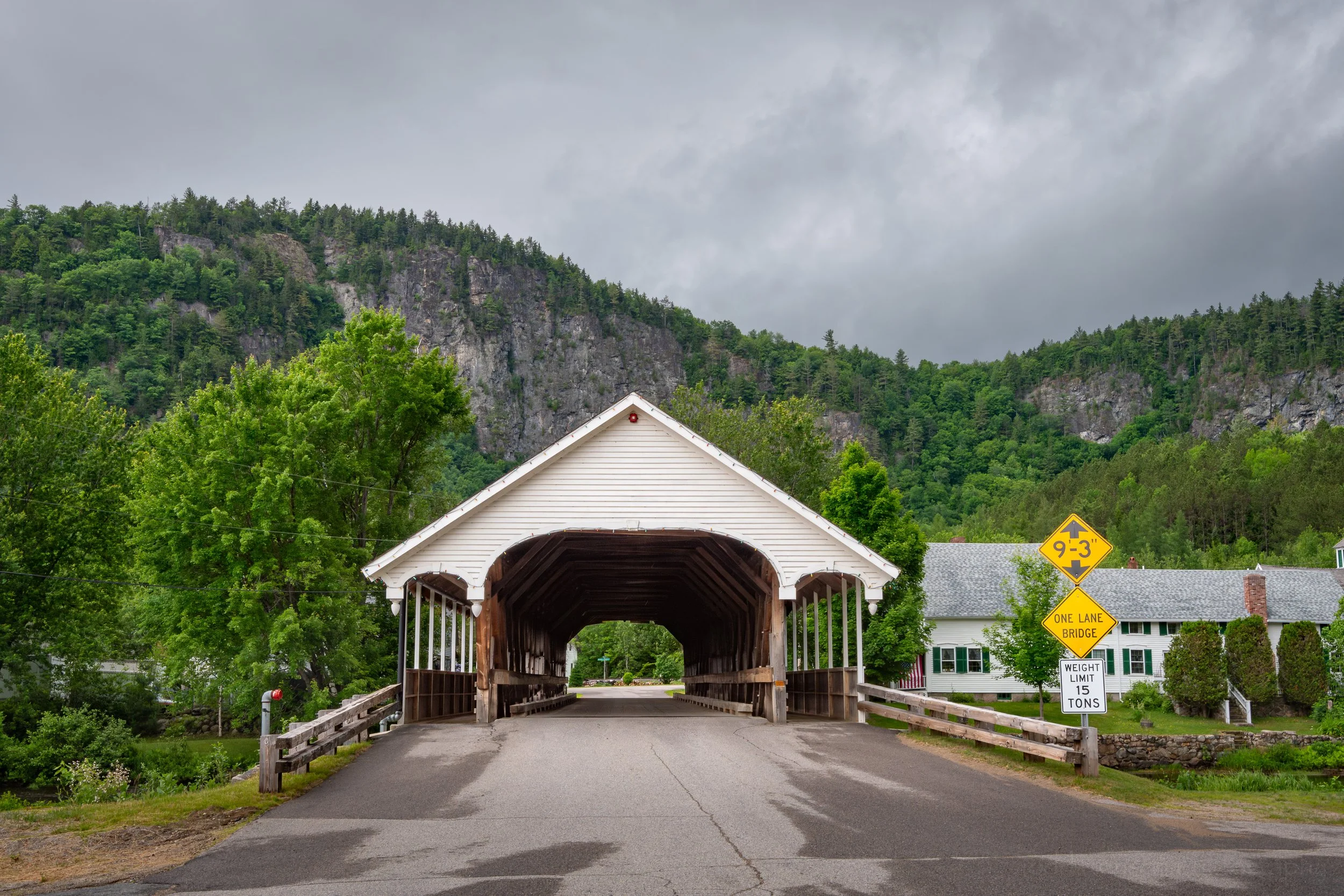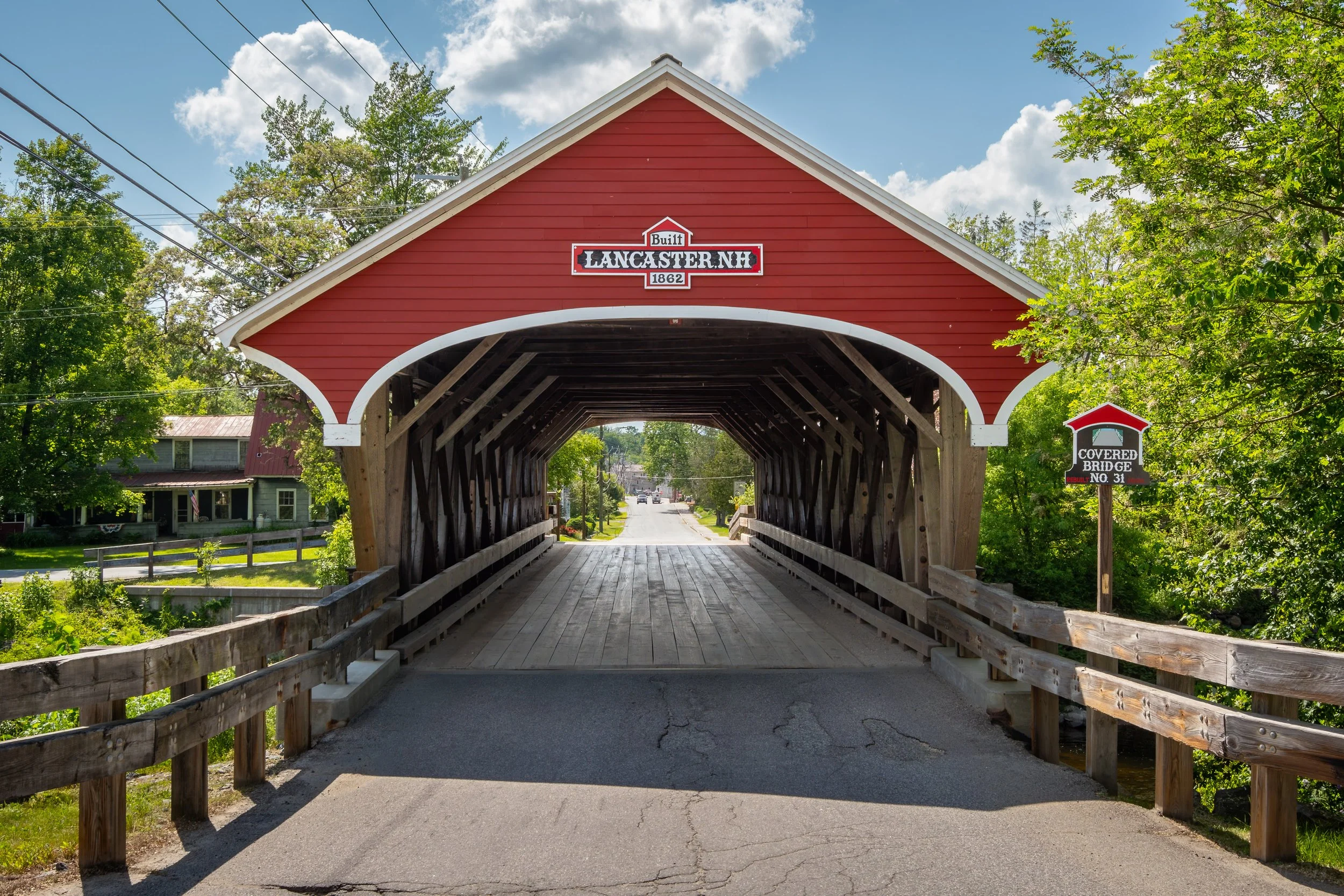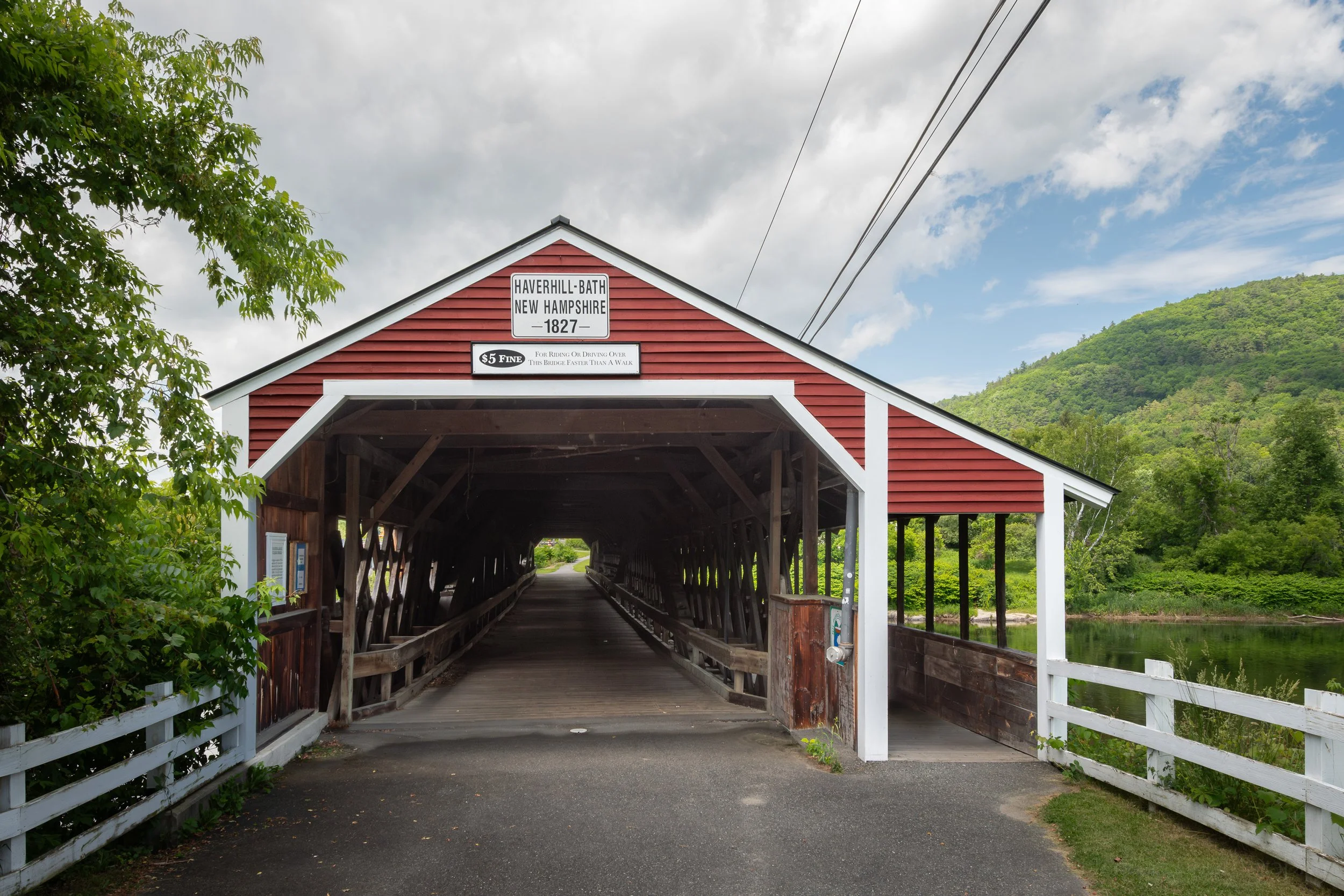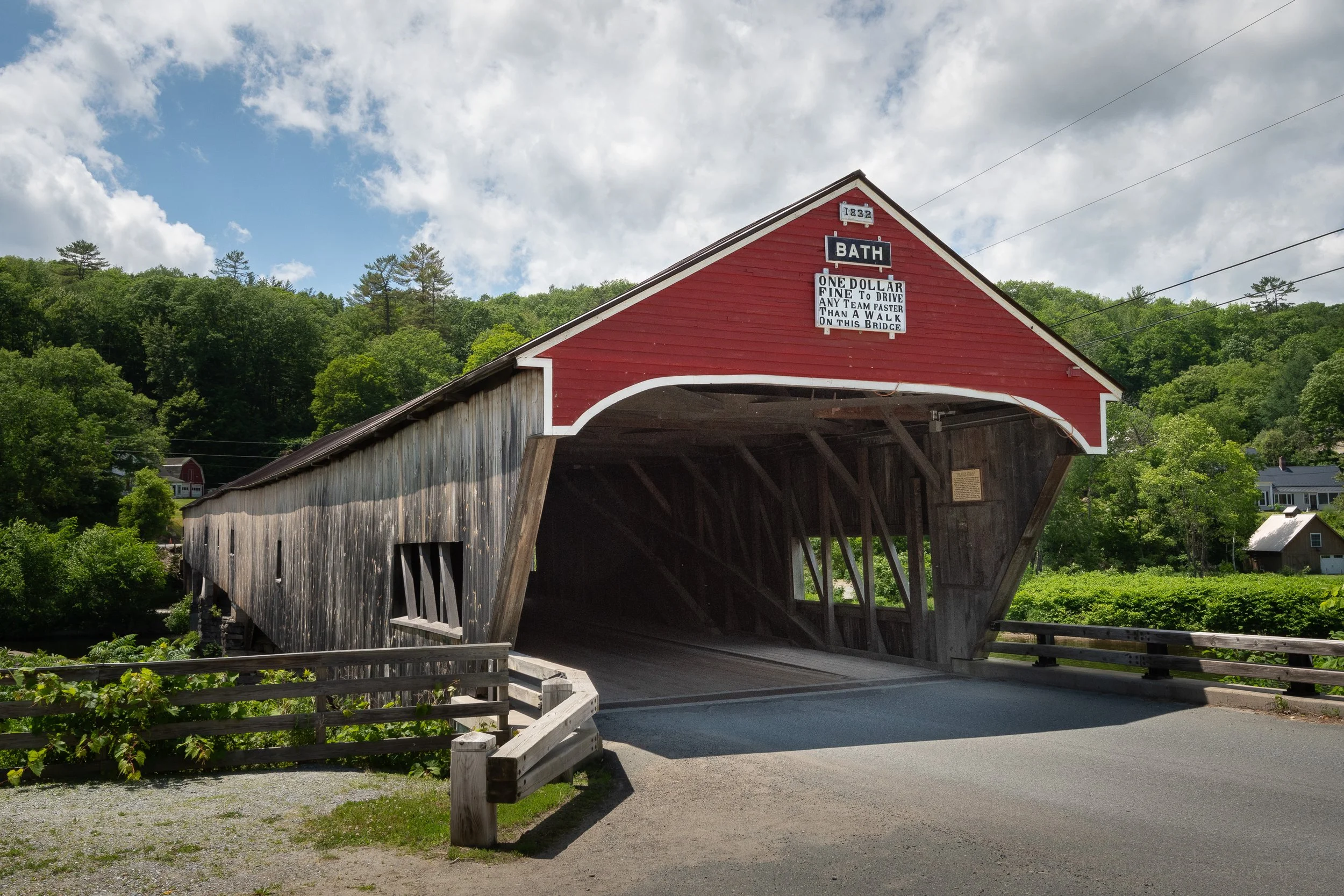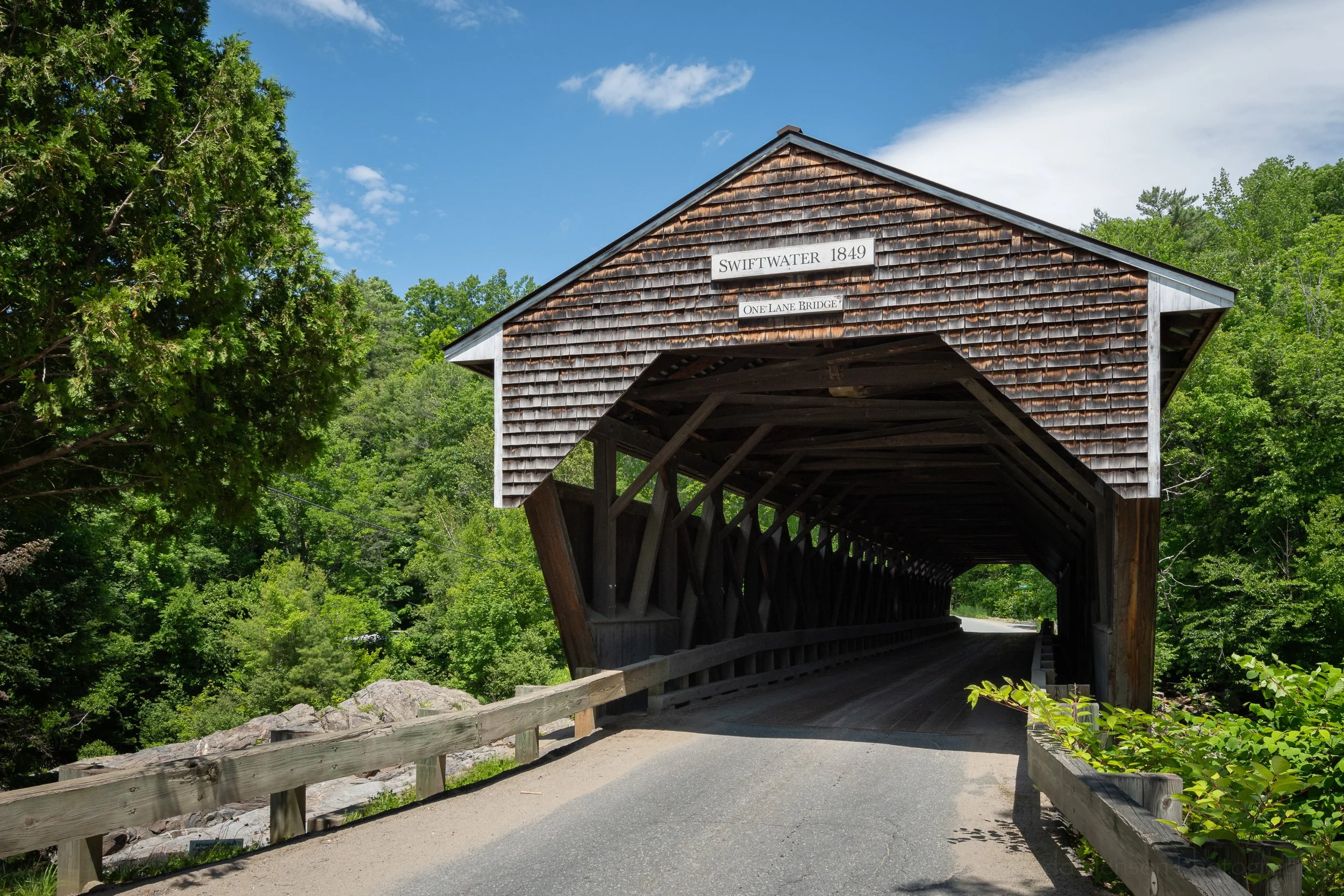A perfectly posed male red-winged blackbird
Here is a bit of color for the holidays. I found this male red-winged blackbird at Huntley Meadows Park back in 2012 and was fortune to be at the right place and right time to capture his perfect pose.
Do you enjoy these posts?
Sign up to receive periodic emails with updates and thoughts. Don’t worry, I won’t spam you. And please consider purchasing artwork or products from my online store, and using my affiliate links in the sidebar to the right when shopping online.
I appreciate your support!
More to Explore
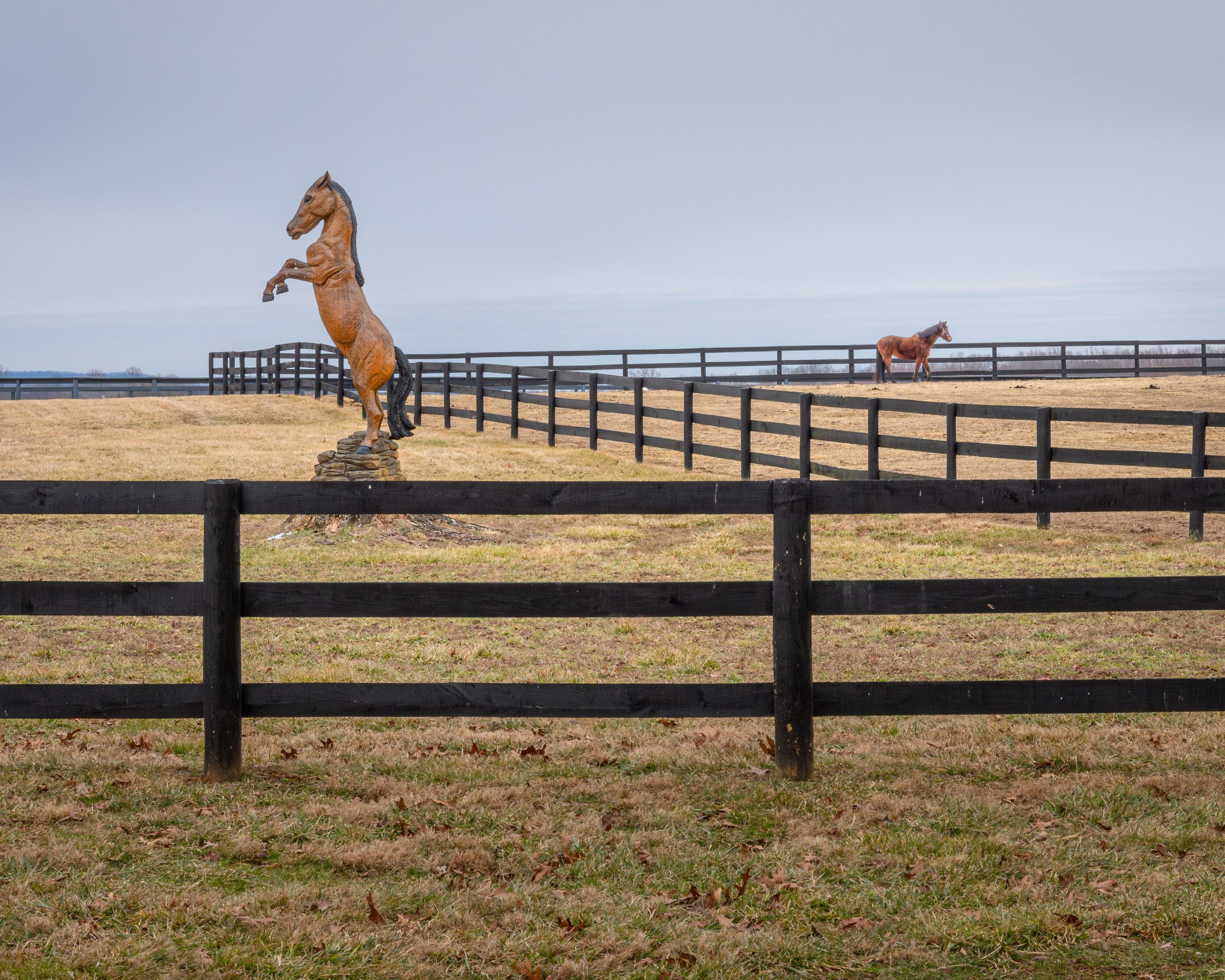
Two Horses

